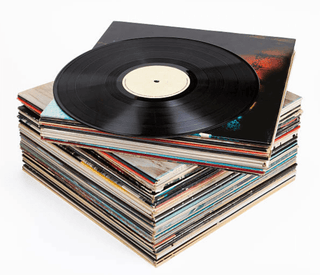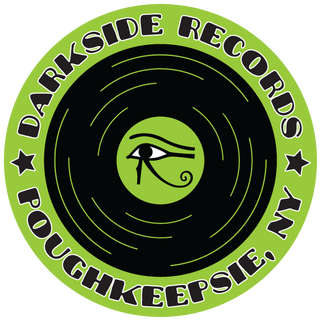BBC Philharmonic- Gerhard: Don Quixote (Complete Ballet); Suite from Alegrias; Pedrelliana

The Catalan Roberto Gerhard studied piano with Granados, and was the only Spanish composer to study with Arnold Schoenberg. It was, however, over twenty years before he committed himself to writing twelve-tone music. In the interim, his output brought a new focus and precision (owing more to Stravinsky and Bartok) to the Spanish style. All the works on this album were composed in that period. Dating from the early 1940s, his ballet Alegrias was originally conceived for two pianos, but soon evolved into the four-movement suite heard here. The flamenco-inspired movements are linked in pairs, and show Gerhard's brilliance and humour in equal measure. During this same period Gerhard decided to mark the centenary of his first teacher, Felipe Pedrell (who had also taught Albeniz, Granados, and de Falla), with a three-movement symphony, Homenaje a Pedrell (CHAN 9693). Gerhard failed to secure a performance of the work, but in 1954 was invited to re-work the final movement for a BBC Symphony Orchestra concert, which became Pedrelliana. Gerhard's ballet on episodes from Cervantes's Don Quixote evolved for almost a decade, from a work for chamber orchestra, for a touring company (abandoned because of the war), via a version for radio and an expanded orchestral suite, to the work recorded here, in it's full and final orchestration for performances at the Royal Opera House in 1950, choreographed by Ninette de Valois. Robert Helpmann danced the title role and Margot Fonteyn Dulcinea.
The Catalan Roberto Gerhard studied piano with Granados, and was the only Spanish composer to study with Arnold Schoenberg. It was, however, over twenty years before he committed himself to writing twelve-tone music. In the interim, his output brought a new focus and precision (owing more to Stravinsky and Bartok) to the Spanish style. All the works on this album were composed in that period. Dating from the early 1940s, his ballet Alegrias was originally conceived for two pianos, but soon evolved into the four-movement suite heard here. The flamenco-inspired movements are linked in pairs, and show Gerhard's brilliance and humour in equal measure. During this same period Gerhard decided to mark the centenary of his first teacher, Felipe Pedrell (who had also taught Albeniz, Granados, and de Falla), with a three-movement symphony, Homenaje a Pedrell (CHAN 9693). Gerhard failed to secure a performance of the work, but in 1954 was invited to re-work the final movement for a BBC Symphony Orchestra concert, which became Pedrelliana. Gerhard's ballet on episodes from Cervantes's Don Quixote evolved for almost a decade, from a work for chamber orchestra, for a touring company (abandoned because of the war), via a version for radio and an expanded orchestral suite, to the work recorded here, in it's full and final orchestration for performances at the Royal Opera House in 1950, choreographed by Ninette de Valois. Robert Helpmann danced the title role and Margot Fonteyn Dulcinea.







